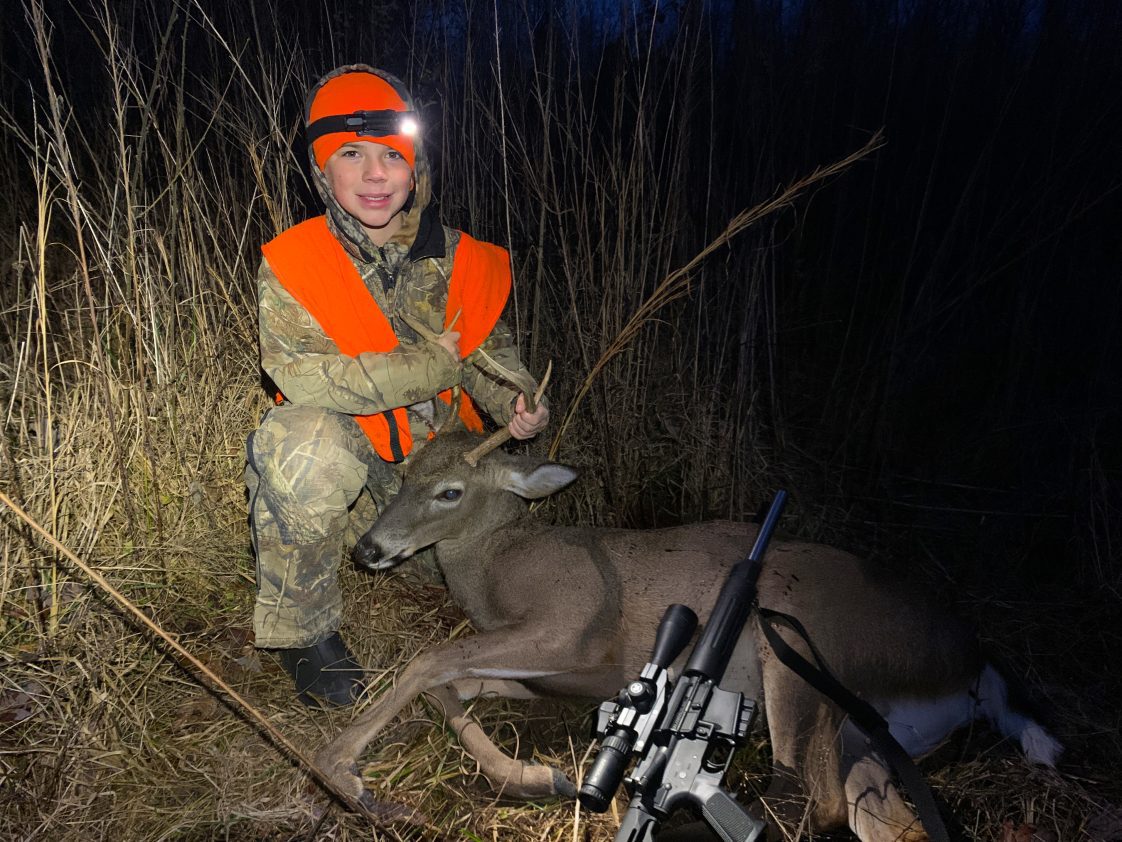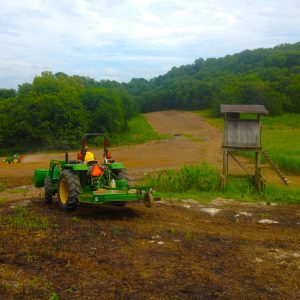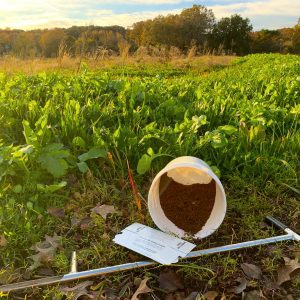Forestry & Wildlife

You may be one handshake away from quality habitat and hunting. Learn the value of a hunting cooperative and ways to form and maintain a successful one.
Landowners, managers, and hunters are becoming increasingly aware of the tools and techniques used to manage toward quality wildlife populations, particularly white-tailed deer and wild turkey. Habitat management, harvest quotas, antler and age harvest restrictions, supplemental feeding, food plots, predator control, and more are all considerations that are taken into account when managing game populations. The goals and aspirations of the wildlife manager and hunter are at their highest ever, while consistently harvesting a quality buck and big gobbler generally tops the list. However, the time and effort to manage quality wildlife populations and hunting may not be as successful without cooperation among surrounding landowners and hunters. Hunting cooperatives are one of the most underutilized techniques in the toolbox for ensuring benefit from the time and money dedicated to local wildlife management efforts.
What Is a Hunting Cooperative?
Hunting cooperatives are voluntary groups of local hunters and landowners working together toward a common goal of improving wildlife populations and their associated habitats. They do NOT allow for open access to the properties involved or reduce landowner control in any way. Cooperatives vary in membership and acreage and can encompass a wide range of goals and guidelines. Wildlife, natural resources, hunting, and deer management are all terms you may have seen in front of cooperative. Most concentrate on deer management, generally focused on balancing herds to habitat and maintaining a member-determined sex ratio and age structure that essentially offers small properties (less than 600 acres) more benefit from a quality deer management program. Turkey-driven cooperatives or management often involve monitored gobbler harvests, predator control, gobbling and poult monitoring, and focus on ensuring that the limiting factors of nesting and brooding habitat are managed throughout the cooperative. Additionally, quail, small game, and waterfowl management may also be included in a cooperative’s efforts. Regardless of the focus species, by pooling management efforts (figure 1) and working toward common goals, cooperatives can have a significant impact on local wildlife and hunting quality by controlling local harvest, helping members with their land management efforts, and increasing data and information sharing, being vigilant against trespassing, and reducing land management costs.
- Figure 1. Two tractors are better than one. Cooperatives can help share the workload and pool resources like equipment and time to efficiently improve and maintain habitat.
- Figure 2a. One of the benefits of cooperatives is the savings of shipping soil tests together and buying bulk pesticides, lime, fertilizer, and seed.
- Figure 2b. One of the benefits of cooperatives is the savings of shipping soil tests together and buying bulk pesticides, lime, fertilizer, and seed.
Just think of the help and benefits of conducting a prescribed fire, combining a timber sale of small tracts that otherwise would not be cut, sharing or loaning equipment, and saving on bulk seed, lime, fertilizer, and pesticides alone (figure 2).
Two prime examples of the importance of a cooperative to small landowners lie in the home range of white- tailed deer and wild turkey and their predator control. Although home ranges vary widely based on habitat and population, a buck ranges from 600 to 1,200 acres (0.5 to 1.9 square miles), while a doe ranges from 300 to 600 acres (0.5 to 0.9 square miles). An Alabama turkey flock averages a range of more than 640 acres. Managing herds and flocks on property smaller than a typical home range is difficult because they are subject to improper harvest and poor habitat management from surrounding properties. A classic example is when neighboring properties are interested in managing for an older buck age structure, but there is no faith that a young buck will be passed on by both parties to age and mature, so the buck is ultimately harvested with the mind-set of, “If I don’t shoot it, my neighbor will.” A cooperative helps to alter this approach by placing hunters over thousands of acres on the same page and in good faith that no party will take bucks younger than what the cooperative has agreed upon (often at 3.5 years of age when 90+ percent of antler growth potential has been expressed). Spring gobbler harvests should not exceed 30 percent to sustain populations. By monitoring flocks, setting harvest goals, and communicating harvests, cooperating properties can help ensure that toms are not overharvested.
By conducting camera surveys and sharing data, cooperatives can also help identify if predators are negatively affecting deer or turkey populations. If so, harvest strategies may be altered within the co-op, habitat may be improved, and a predator control program may be implemented. Recent research has shown that timely (just before and during fawning or nesting season), intense, and consistent trapping programs that incorporate 1,000 to 2,500 acres can have a measurable impact on mammalian predator populations and game recruitment. Because intensity and consistency are essential when controlling predators (as reproduction and immigration of predators are constant), cooperatives can share the burden, expense, and benefits associated with effective, long- term predator control efforts that come with effectively trapping on a large scale.
How Do You Form a Cooperative?
Start by conducting a meeting to gauge interest and explain what a cooperative is and what it can accomplish. Determine the location and time, and consider providing a modest meal to increase attendance. To invite surrounding landowners and hunters, a knock on the door is great, but an email or phone call to hunt club presidents or a letter to those who do not live near landowners may be best in some cases. Think big when considering invitations. After all, bucks often range 5 to 7 miles during the rut, so anywhere their hooves may touch would be valuable within the cooperative. Plat books and ownership information are now on many county revenue web pages, and mobile phone applications can help determine who owns what. Many of those you invite are probably already interested or somewhat active in improving their deer herd, turkey flock, or habitat and chances are that they share similar management goals too. Look beyond the confines of private lands. Integrating with public grounds can greatly amplify a cooperative’s effectiveness, and tapping into the expertise of state land personnel can be a valuable source of support.
Ask a professional biologist to attend the first meeting. They can serve as an intermediary, providing information that will support the formation of a cooperative, dispelling misinformation, and answering technical questions that are likely to arise. A biologist adds validity to the cause, and their data can help set and manage expectations based on what the region has produced and is capable of producing. Perhaps most importantly, a biologist can outline what creates good game populations, what is lacking in the area, what data the cooperative should collect, and how the data should be used in making management decisions. County Extension offices, federal and state wildlife and forestry agencies, universities, timber companies, private wildlife consultants, and special interest groups (Ducks Unlimited, National Deer Association, National Wild Turkey Federation, Turkeys for Tomorrow, Quail Forever, etc.) are all sources to find a qualified biologist.
Not everyone invited will attend, and among those attending, not all may join initially or at all. Nonetheless, maintain an open invitation, sharing future meeting details, updates, and information for the primary cooperative contact. Distribute take-home literature highlighting the value of cooperatives to attendees. State wildlife agencies, county Extension offices, and existing cooperatives are sources for these handouts. Avoid pressuring or prodding individuals who are hesitant or initially disinterested. As the cooperative succeeds over time, its membership is likely to expand and attract even those who were initially skeptical.
An official meeting should be conducted a few months afterward or at least before hunting season begins. This is the time to formally establish the cooperative by determining basic participation guidelines, goals, and their time line. Initial goals should be kept simple, straightforward, and measurable. Think toward changes in harvest age, body weights, antler score, poult:hen ratio, and/or acres burned, thinned, planted, etc. as these will provide a figure of success, showing that the cooperative is having an impact and is beneficial. Be prepared to detail the data collection(s) that is necessary to track these goals over time (again, a biologist can help here and provide data sheets and instruction). It is a good idea to outline that game populations do not respond to management overnight; it takes time for bucks to age and turkey flocks to build. Regardless of how passionate and active the membership is, a 5-year commitment is suggested while data is collected and before a substantial improvement is seen.
To keep things organized and ensure that everyone is heard, it is a good idea to have individuals write down their top three goals to be compiled and ranked. Realize that it is impossible to have every landowner or hunting club on board with the same goals and management techniques; instead, it is vital to bring together as many members and acres as possible to manage toward a few primary, measurable goals initially. Deviation among a few minor goals or management strategies should not stop a cooperative from forming or lead to disbanding it. Some properties will be the landowner’s livelihood. An example would be a livestock producer whose pasture grass comes first over native forbs and soft mast. Another example would be a property managed for timber where board feet take precedence over bedding or nesting cover. These properties can still be a pivotal part of a cooperative in agreeing to goals related to age structure and sex ratio of local deer herds alone. Focus on the big picture and realize that compromise will be necessary; besides, it is likely that goals and management may likely blend and fall in line as time goes on and success is apparent.
Goals, participation guidelines, and rules to abide by are voted on by the membership, allowing cooperatives to address and tailor their objectives to local needs as they change. Some of these concepts, as outlined in Extension publication “Organizing a Hunt Club” (ANR-0537), can apply to cooperatives. It is also suggested that a small membership fee be collected as this adds value to the membership and will increase participation and buy-in—more so than in a free organization. Use these funds for general costs: postage, advertising, meals, refreshments, etc. Pursue additional monies for annual operations, events, and activities through local business sponsorships and by selling gate signs, T-shirts, hats, bumper stickers, gun slings, etc. that bear the cooperative’s name and logo. These items can help generate interest in membership as the products are seen by landowners and hunters outside of the cooperative.
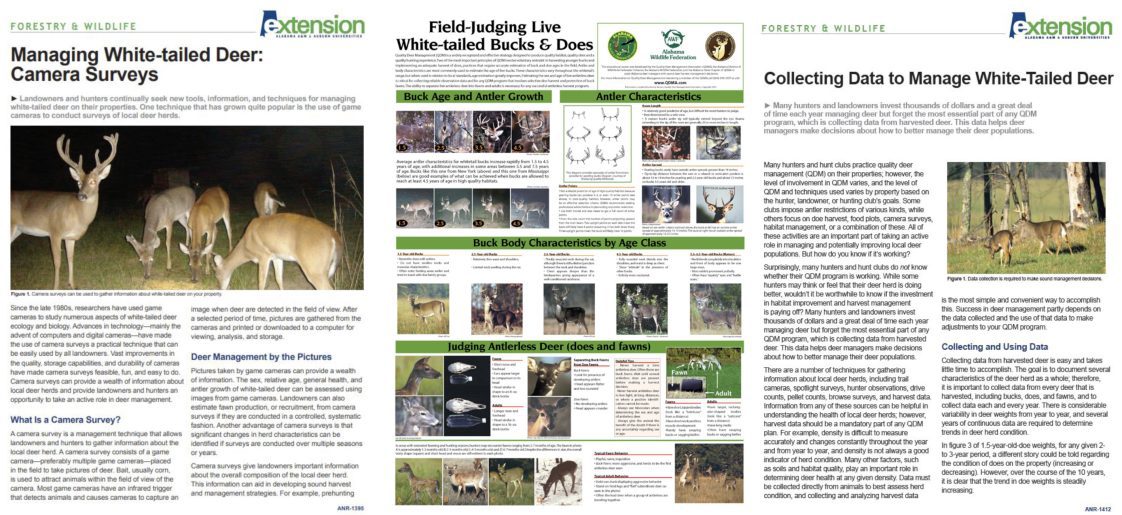
Figure 3. Sharing educational resources like these and learning vital management information together, such as how to properly collect data and live-age deer, is pivotal to a cooperative’s success.
How Do You Maintain a Cooperative?
The three key components of a cooperative are communication, education, and trust. The primary way cooperatives communicate is through meeting at least a few times a year or more often if interest and activities warrant it. Meeting before hunting season generally allows for sharing of trail camera pictures and deer sightings, summarizing completed habitat management projects, and reminding members of upcoming harvest goals and guidelines. Meeting after season allows members to share their experiences and collected data, outline management guidelines for the upcoming season, and address any issues or problems they experienced. Outside of meetings, group social media pages, newsletters, email, newspaper articles and calendar events can be ways to keep existing members informed and, perhaps most importantly, gain new membership. Continually seek new members for the obvious benefit of increasing acreage under the cooperative and for ensuring an influx of new ideas, excitement, involvement, and impact.
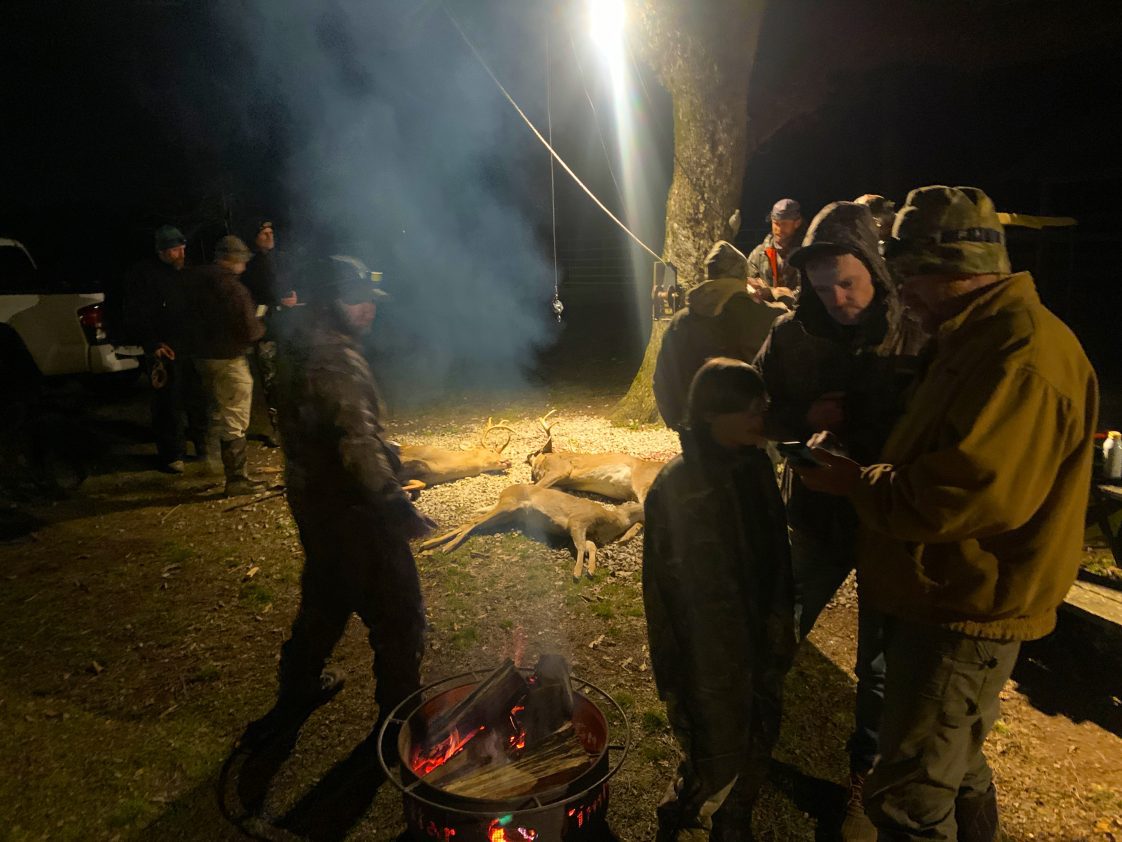
Figure 4a. Target-age harvests and trophies on cooperative land are celebrated as a success by the entire cooperative (regardless of who or where it was harvested) as everyone played a role in that animal’s development. However, do not think that cooperatives must restrict young and beginning hunters; there can still be room for exceptions under proper management.
Education comes from sharing peer-to-peer data and experiences alongside information provided by state and federal agencies and private consultants (figure 3). State and federal agencies most involved with cooperatives include Extension systems, game and fish departments, Natural Resources Conservation Service (NRCS), and forestry commissions. Cooperation among members will ultimately increase over time as they become educated from the experiences, successes, and failures of other members and information provided by professionals. Increase education and involvement and keep your cooperative exciting and valuable outside of hunting season by conducting events and activities such as habitat improvement projects on co-op lands, outreach via youth events or land tours, professional field days and seminars, land management demonstrations by members or professionals, trail camera picture days, jaw-aging days, buck-scoring days, etc. Include the rest of the family with fun events, roadside cleanups, and cookouts that can strengthen cooperative bonds and trust while putting the cooperative on the map as a valued group in the community.
Trust is vital in every cooperative and very much tied to communication. The more you share and stay in contact, the better a bond and trust are formed. But remember that everyone makes mistakes. Whether it is misjudging a buck or not meeting the annual doe harvest quota, mistakes must be expected and taken in stride rather than hidden or unforgivingly shunned, which would ultimately lead to distrust and animosity that disband or render a cooperative useless. If a mistake is made, be transparent, communicate among the membership as to how or why it happened, and what can be done or learned to avoid it next time. However, it may be warranted to exclude habitual offenders whose practices continually do not align with cooperative goals, but this is a rare occurrence.
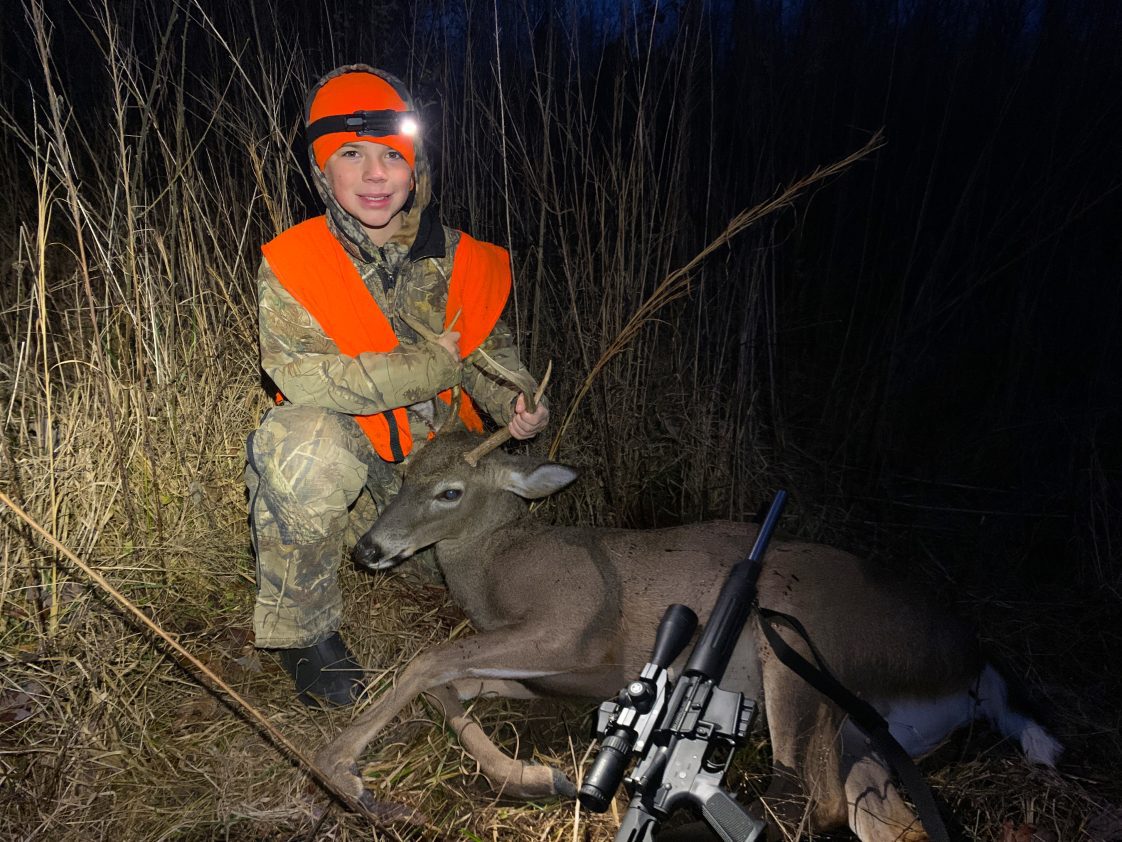
Figure 4b. Target-age harvests and trophies on cooperative land are celebrated as a success by the entire cooperative (regardless of who or where it was harvested) as everyone played a role in that animal’s development. However, do not think that cooperatives must restrict young and beginning hunters; there can still be room for exceptions under proper management.
Encourage members to interact and share with each other and with potential members. Think of using something like a private social media group page to easily upload pictures, management activity updates, data plots, meeting dates and locations, etc. Sharing in the excitement and celebration of deer harvested within the goals of the cooperative along with youth harvests or a first deer or turkey are also important (figure 4). Excitement and buy-in come in seeing proof that the cooperative is working. This can come primarily through pictures of target wildlife and data trends that show improvement. Photos of harvested big, old bucks and toms and trail camera pictures of turkey flocks, poults, and mature or up-and-coming bucks that made it to hunting season will help maintain the interest and excitement of members you already have and draw in new ones. Sharing examples of successful (or unsuccessful) habitat management can aid in implementing or improving management efforts on other properties. The more open and honest the group is and the more sharing that it conducts, the more trust, cooperation, and results it will produce.
Summary
Often it takes a minimum of 600- to 1,200-acre blocks and a suite of management techniques to maintain and benefit from a deer management program or to provide a wild turkey flock with its requirements. Rarely is one property capable of reaching all its wildlife management goals on its own. If you or your hunting club are not cooperating with surrounding hunters, your game populations and hunting seasons are likely not meeting their full potential. Establish a cooperative or join one in your area and see the difference a handshake and 5 years of focused management can make. Lastly, cooperatives are also a great way to meet your neighbors and make new friends, all while improving local habitat, game populations, and hunting quality. You never know—the cooperative you form or join today may lead to the buck or friendship of a lifetime.
Additional Resources
- National Deer Association Product #3030, Booklet – Developing Successful QDM Cooperatives
- Alabama Extension Publication ANR-0537, “Organizing a Hunting Club”
 Norm Haley, Regional Extension Agent, Forestry, Wildlife, and Natural Resources, Auburn University
Norm Haley, Regional Extension Agent, Forestry, Wildlife, and Natural Resources, Auburn University
New November 2023, Forming a Hunting Cooperative, FOR-2146

